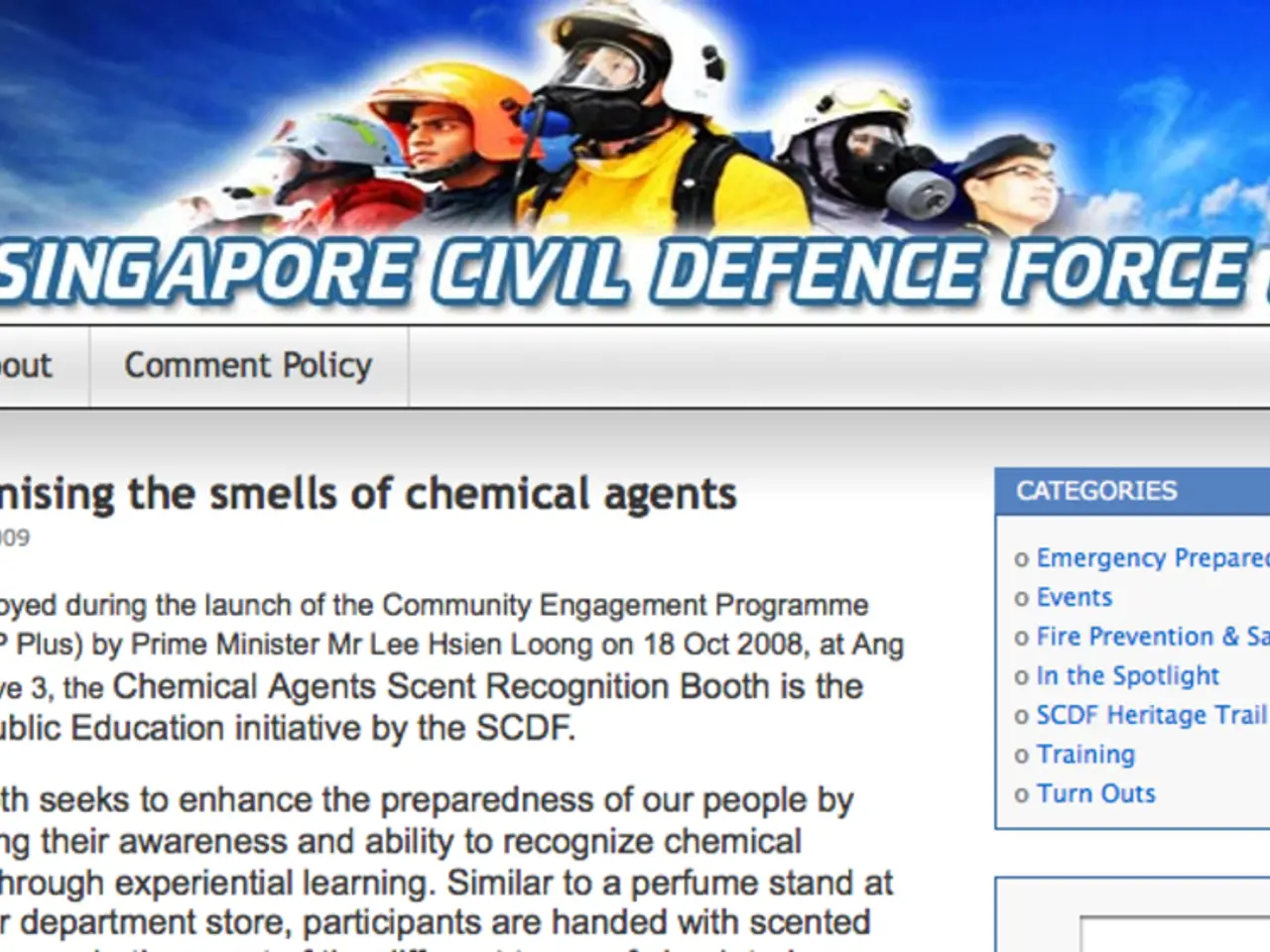Torrential rains claim 54 lives within a day
**Heavy Rain-Induced Floods Continue to Wreak Havoc in Pakistan**
Heavy rainfall in Pakistan since late June has triggered a series of severe floods, particularly affecting the populous region of Rawalpindi and the province of Punjab. The disaster has resulted in a devastating death toll, widespread injuries, and significant property damage.
According to reports, at least 170 people have perished, with some sources suggesting the toll could be as high as 180 nationwide since late June[1][2][3]. Among the deceased, 70 children have been reported killed[1], and around 500 have been injured[2].
In the 24-hour period leading up to July 17, 54–63 people were killed, and 227–290 were injured in rain-related incidents, primarily in Punjab due to roof or wall collapses, floods, and electrocutions[2][3][4].
Rawalpindi, with a population of over 2 million, has been significantly affected, recording more than 230 millimeters of rainfall in just 15 hours, leading to major urban flooding[4]. The city declared a public holiday to keep residents at home and safer from the rising floodwaters[2][3][4].
Punjab, the most populous province in Pakistan, has been the hardest hit, with districts such as Lahore, Faisalabad, Okara, Sahiwal, and Pakpattan bearing the brunt of the disaster. Most casualties here resulted from the collapse of structurally vulnerable homes[4].
Rescue operations, including dramatic saves of children, have been carried out by emergency responders, with video evidence of first responders using inflatable rafts to move people to safety[1].
Rawalpindi and neighbouring Islamabad have been battered by continuous heavy rains, with areas recording more than 100 millimeters in a single day and forecasts predicting further rainfall into July 18 and possibly beyond[1]. The government has declared a state of emergency in several districts, deployed the army in Rawalpindi, and urged residents to prepare emergency kits with food, water, and essential medicines for three to five days[1][4].
Aid agencies warn of increased dangers for children, especially from drowning and water-borne diseases, as floodwaters persist and sanitation deteriorates[1]. With the monsoon season still underway and further heavy rainfall forecast, the situation remains critical.
The crisis underscores Pakistan’s acute vulnerability to climate change, with this year’s disaster echoing the severe floods of 2022, when a third of the country was submerged and 1,700 people died[2].
References:
[1] AFP. (2025, July 17). Heavy floods kill dozens in Pakistan, hundreds injured. Retrieved July 18, 2025, from https://www.france24.com/en/asia-pacific/20250717-heavy-floods-kill-dozens-in-pakistan-hundreds-injured
[2] BBC News. (2025, July 18). Pakistan floods: Dozens killed as heavy monsoon rains hit Rawalpindi. Retrieved July 18, 2025, from https://www.bbc.com/news/world-asia-62936115
[3] Reuters. (2025, July 17). Floods kill dozens in Pakistan's Rawalpindi, threaten crops. Retrieved July 18, 2025, from https://www.reuters.com/world/asia-pacific/floods-kill-dozens-pakistans-rawalpindi-threaten-crops-2025-07-17/
[4] The News International. (2025, July 17). State of emergency declared in Rawalpindi over heavy rains, floods. Retrieved July 18, 2025, from https://www.thenews.com.pk/latest/1360722-state-of-emergency-declared-in-rawalpindi-over-heavy-rains-floods
The heavy rains and floods in Pakistan have also resulted in other incidents, such as accidents and increased crime. Authorities have warned of increased dangers, particularly for children, due to drowning and water-borne diseases.
Amidst the general news of the disaster, weather reports continue to predict further rainfall into July 18 and possibly beyond, causing concern for the ongoing flooding situation in Pakistan.








